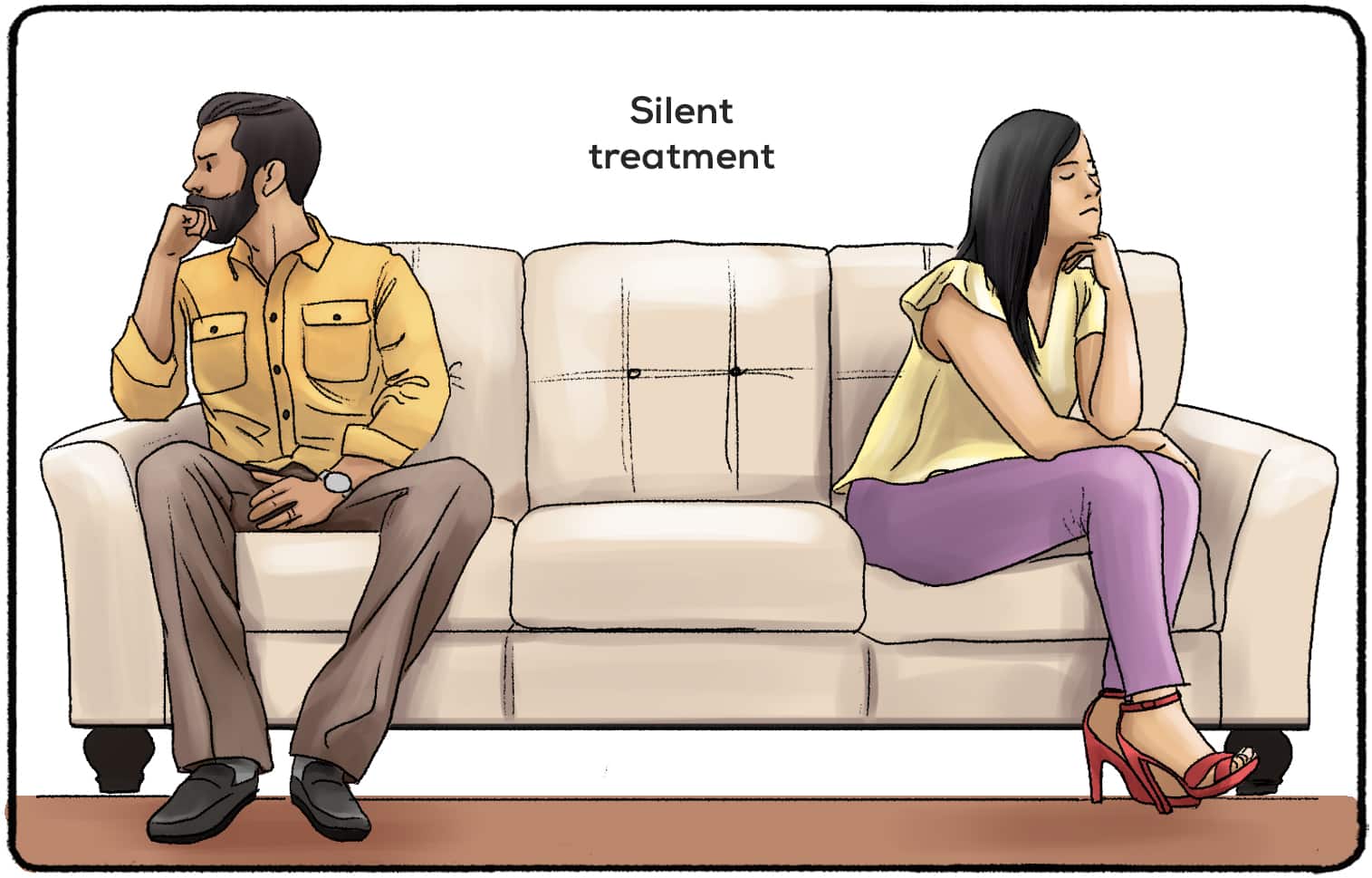Bottom-up Processing is a kind of processing of information in which stimuli are processed or interpreted beginning with the smallest aspects before moving on to more complicated concepts. This differs from the top-down process, in which we first make an overall impression of a scene. We then look for specific evidence in favor of the initial hypothesis. The visual processing of a street in a city may initially form an impression that it’s chaotic, noisy, and overcrowded. They might be looking for indicators to confirm this idea, for example, people pushing across the street or hearing traffic sounds emanating from nearby vehicles.

Bottom-up processing tends to be more data-driven analytical and has been extensively researched regarding cognitive processes like perception and memory. However, it is also able to play a crucial role in other areas of our lives, including creativity or decision-making, such as design or art. If used in a strategic and appropriate manner, bottom-up processing can lead to better problem-solving and a deeper understanding of complicated situations. Therefore, despite its negative reputation in the academic world bottom-up processing is helpful for understanding both our surroundings as well as our internal workings too.
At the core of our actions and thoughts are the intricate functions of the brain. This intricate organ is essential to our ability to think, memory mood, behavior, and mood. Bottom-up processing is one of the mechanisms that influence brain functioning. This refers to how information is processed beginning with the individual nerve cells in the brain and progressing through interconnected neural pathways. It then affects the higher cognitive functions such as perception or attention. Research has shown that this process could have dramatic effects on phenomena like memory and learning, but it may be a great option for treating diseases ranging from Alzheimer’s disease to schizophrenia. Understanding the mechanisms behind the bottom-up processing of brain function can help us uncover many of the mysteries that lie beneath the brain’s function. This could open the door to revolutionary new technologies in neuroscience health, as well as other fields.
Bottom-up processing refers to the way in which our brain processes information. Unlike top-down processing, which is more focused on integrating prior knowledge and expectations into the learning process, bottom-up processing relies on the inputs of new raw data. Bottom-up processing is an excellent way to learn for any level of the learner by focusing on particular aspects of learning. This covers vocabulary and the basic sounds, along with complicated concepts and ideas.
Bottom-up processing offers a major benefit: it lets us take a step back and concentrate on each element of information we encounter. This allows us to be fully engaged with what we learn, making it easier to expand our knowledge as we learn new concepts, refine and improve upon existing ones and recognize possible mistakes and areas for improvement. In order to better understand the details, we can be able to highlight the ways in which they connect through logic chains and networks. By taking part in bottom-up processing we will become better at learning and more effective communicators overall.